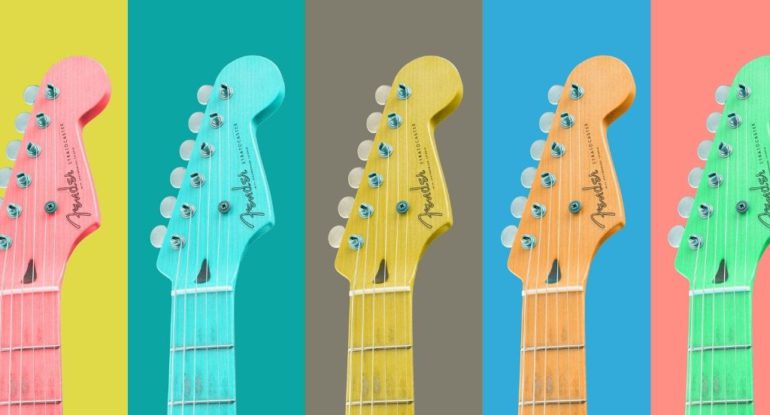How NFT Music Will Change GameFi Sector In Next 5 Years

Since 2020, the GameFi sector has grown rapidly; as of February 2022, some estimates have the market valuation at $55.4 billion. While some put the market at much lower levels, closer to $3 billion, one thing is certain: the sector grew quickly from nothing and is positioned for further expansion. However, what matters is the continuing growth of customers who feel like they are extracting value, not the daily or even monthly market cap.
Games are made to be enjoyable for players. For instance, many instructional activities might be tedious before being made fun of. But “gamification,” which is on the rise, incorporates gaming concepts into otherwise dull but typically value-enhancing activities. Technology can be used in more difficult math and science courses, but it can also teach students how to get around a big university campus. Gamifying the way students discover the school, one Arizona State University scavenger hunt “directs viewers to places throughout ASU’s Tempe campus for a fully virtual experience or to visit in the real world.”
However, the function of music is frequently overlooked when creating virtual or augmented leisure activities or other gamified experiences. NFT music is here to change that.
Game soundtrack
The music in video games is one of their most underrated features. We frequently overlook the music in favor of the imagery, plotlines, and technical performance. All elements above are unquestionably essential, but music makes the in-game experience more enjoyable, realistic, and memorable.
“Music is most likely one of the underrated but crucial aspects of any game. When done correctly, you are influenced by the music without even realizing it, but when done incorrectly, it is quite clear. As Corey Wilton, co-founder of Mirai Labs, put it, “What we focus on in the games are the feelings we want the user to experience. It seems simple, but finding the appropriate array and possibilities is extraordinarily time-consuming.
Also Read: Snoop Dogg will release unreleased music as NFTs
A Mirai Labs example of in-game skin selecting
Studios frequently use sample packs or buy audio files from websites and alter them as needed. For instance, audio packs of a particular genre frequently offer five to ten alternatives and fit the game’s mood. Most developers will have hundreds of these stacked over time if they are a small or medium-sized studio that releases numerous products. The drawback of this strategy is that each song’s creator only gets a small portion of the contract sum.
Due to cost savings from purchasing audio in bulk rather than as individual songs, studios may afford to do so. They benefit from lesser costs, but the drawback is that their search is frequently less focused. Similar to this, the advantage for song producers is that there is some demand for their audio. Still, the disadvantage is that they are not paid for their unique contribution but are given a discount based on where their song falls in the audio pack.
Transforming the process of acquiring music with NFT music
The creation of music for games and the curation of music both have the potential to change due to nonfungible tokens (NFTs). GameFi leaders can purchase individual music NFTs or commission a group of artists who agree on an equitable revenue split and jointly mint an NFT instead of relying on lengthy contracts that take forever to get approved. Once finished, the NFT music would be integrated into the game right once, allowing the artists to get paid for their work based on how well the music was received. This could be done by using ratings and other forms of feedback.
You not spittin like this bruh hang it up🤦🏿 #KarmaSupras #nft #nftmusic pic.twitter.com/ORYZPzk46I
— Link in bio. (@eyecon_beats) September 10, 2022
NFTs with a focus on classical music serves a unique purpose. The epic quality of classical music, which includes works like Carl Orff’s “Carmina Burana” and Wagner’s “Ride of the Valkyries,” cannot be replicated by any other type of music.
Fortunately, it’s not too difficult to include NFT music into games. Games currently allow for the trading of digital assets. More than 10,000 assets have been produced by one project, House of Blueberry, that anyone may purchase and use in games and online forums to reflect who they are.
Also, NFT music can provide value to games that do not only rely on blockchain technology. The creators would buy NFTs on the blockchain and figure out a way to pay the artists, which is the only difference.
“I work hard to keep them reminded that the end user wants simplicity (i.e., download and account creation), games that are simple to pick up but difficult to master, instant purchasing capability if they wish to spend money in-game, and a game that is intensely engaging and keeps them coming back for more. Wilton continued that they are building a losing recipe for themselves if they cannot implement these fundamental aspects of game creation using blockchain.



























































